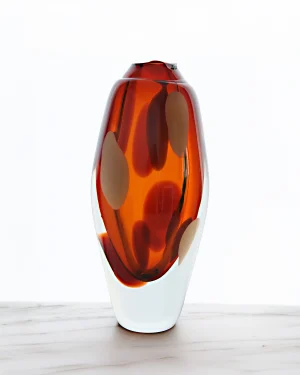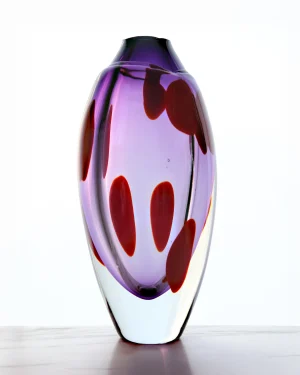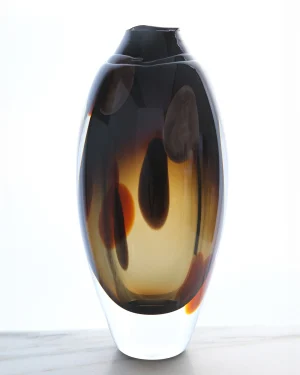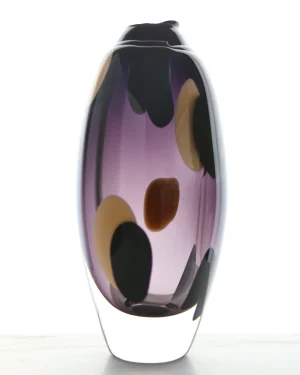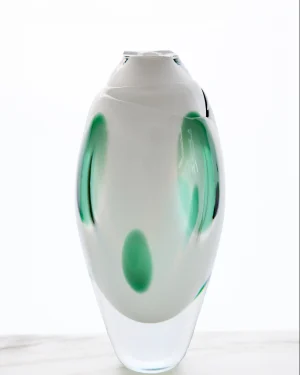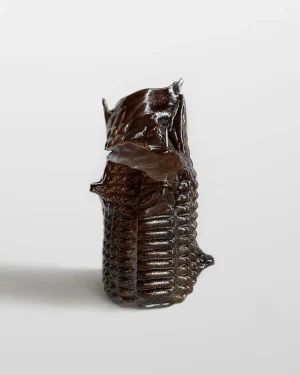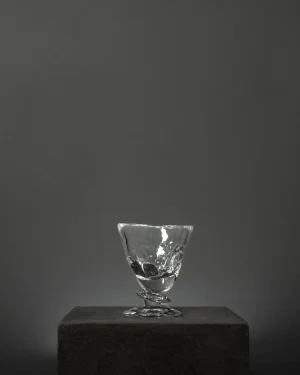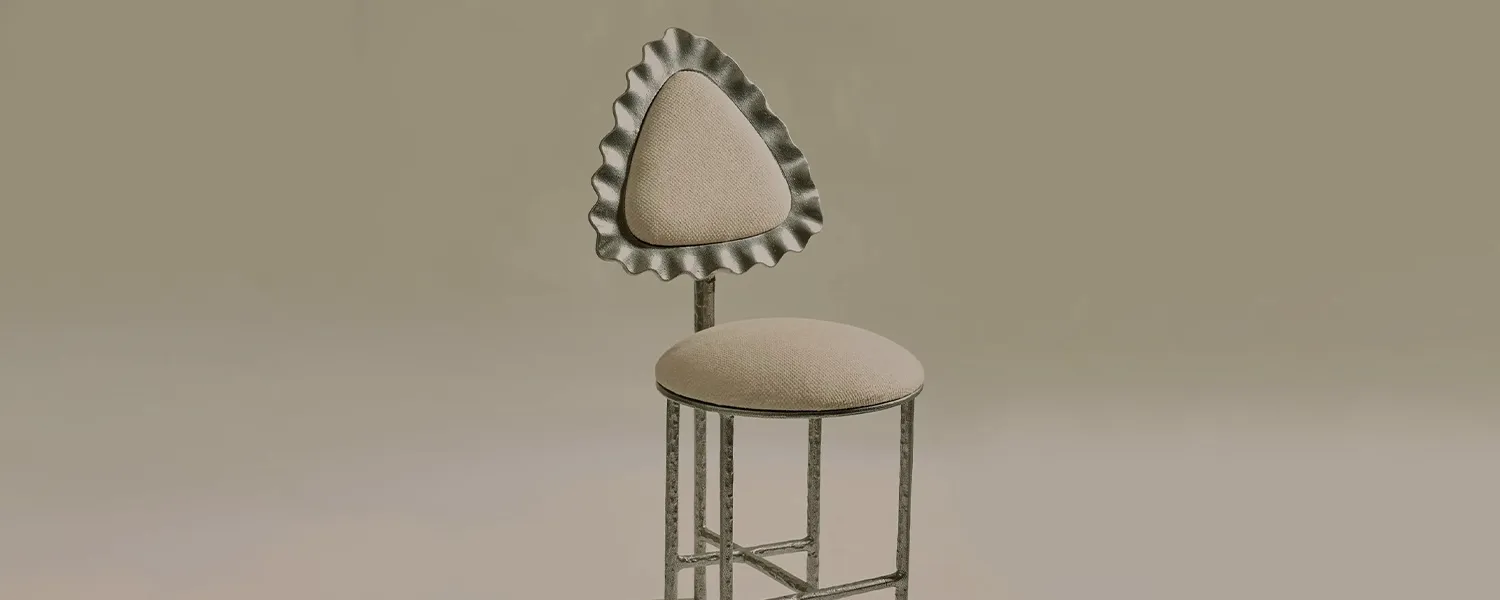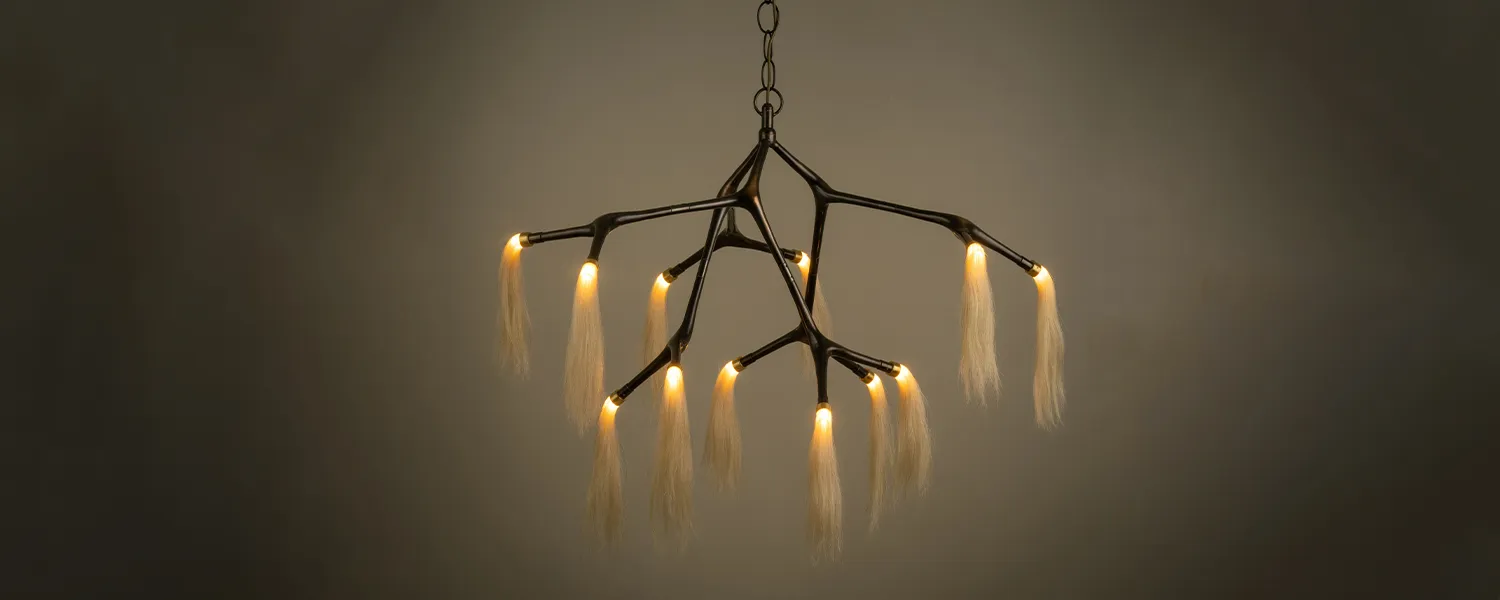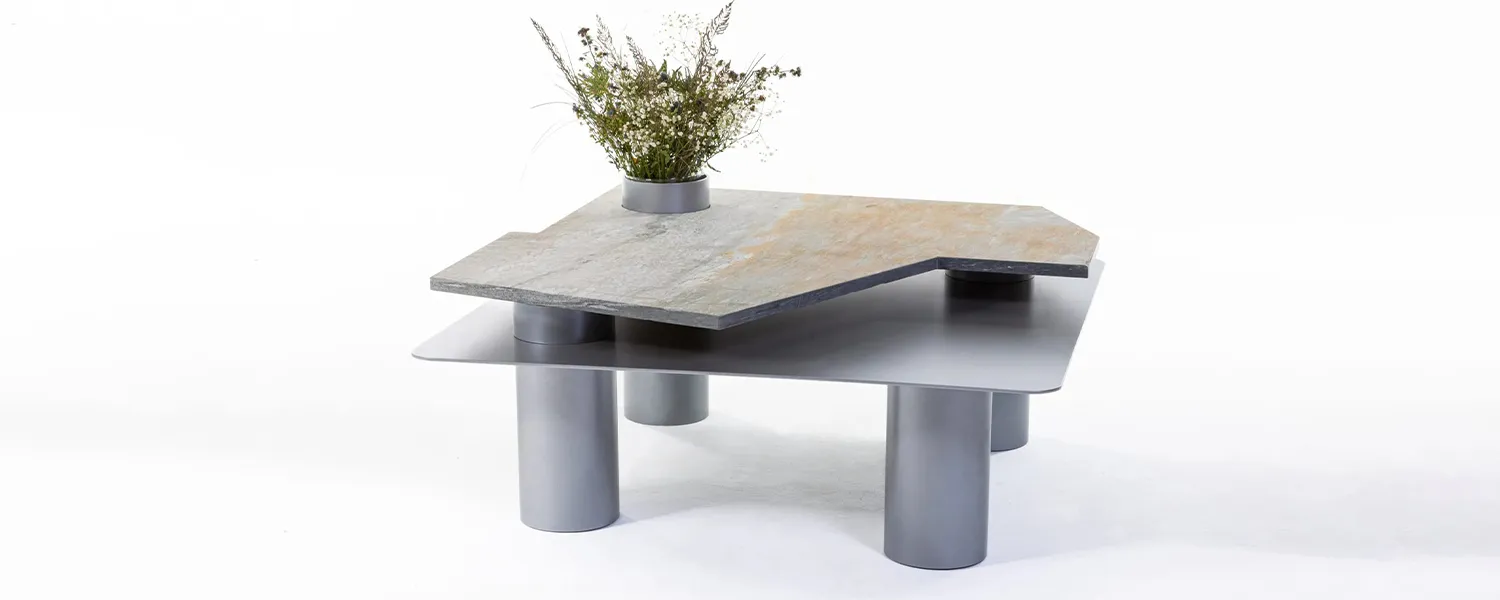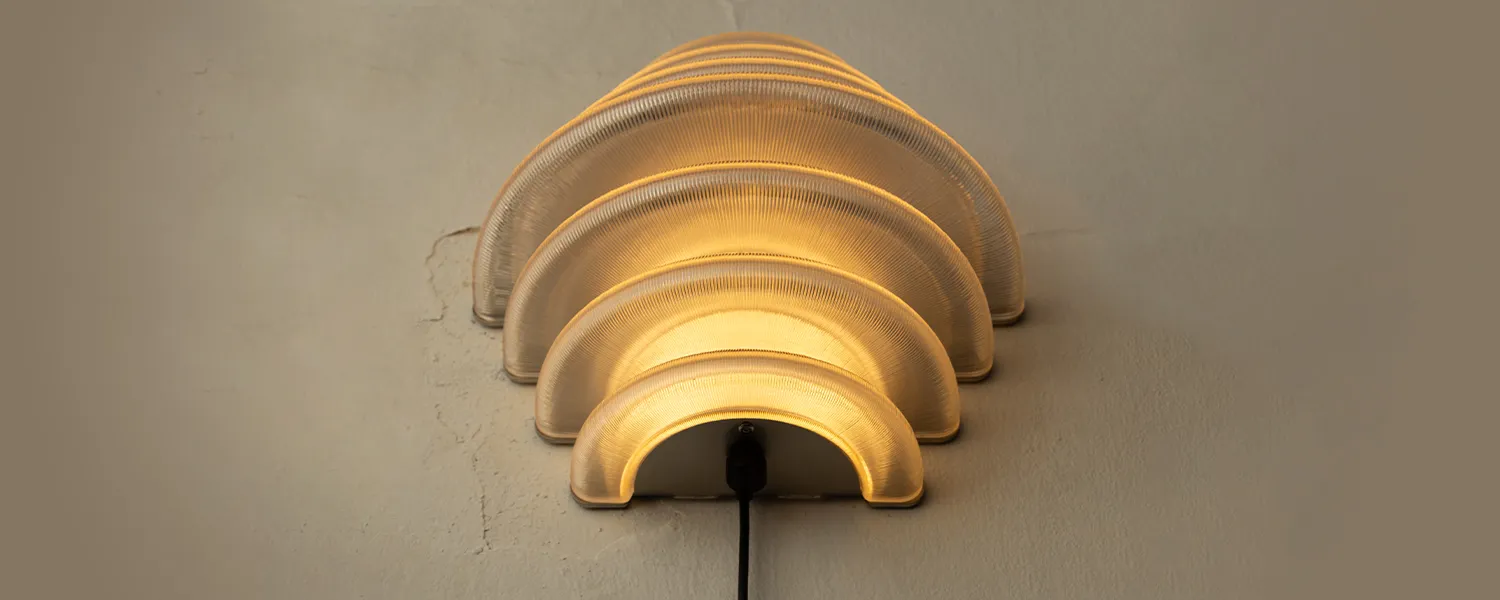
Glassblowing: A Beautiful Ancient Art Form
The ancient world of glassblowing, where fire and skill turn simple materials into stunning works of art. Imagine taking a molten blob of glass and, with a puff of air and a few careful turns, transforming it into a vase, sculpture, or even a piece of jewelry. This ancient craft combines artistic vision with the raw elements, making it a melting pot of design inspirations. Whether you are new to the art or a seasoned enthusiast, this article aims to shed light on the magic and mystery behind the versatile craft of glassblowing.
What is Glassblowing?
Glassblowing is a technique used to shape molten glass into different forms like vases, bowls, and sculptures. A glassblower heats glass until it melts and becomes elastic. Then they use a long tube to blow air into the hot glass while turning it to shape it. Tools like tongs and scissors are used to add details. Once the shape is right, the glass is slowly cooled down to make it hard again. This craft has been around for thousands of years and is used both for making art and everyday items.


The Origins of Glassblowing
Glassblowing originated in the Middle East over 2,000 years ago. The technique soon traveled to Rome, gaining widespread popularity. Before the advent of glassblowing, crafting glass items was a slow, expensive process. The new technique simplified and cheapened glass production, making glass items more accessible. Over the years, various cultures have introduced their own unique styles and methods to the craft. Now, people use glassblowing for both practical items and artistic creations. Thanks to the Studio Glass Movement of the 1960’s, a revival in glass art has taken place in modern day.




See More Like This: Visit Our Online Gallery of Glass Designs
What Are Popular Glassblowing Techniques?
Glassblowing, a centuries-old art form, captures the malleable properties of molten glass. Through a mix of breath, gravity, and tools, artists shape this hot, viscous substance into diverse forms. Over the centuries, they have developed various techniques and styles, each with its unique method and aesthetic.
- Free Blowing: manipulating a blob of molten glass on the end of a blowpipe using tools and breath, without molds.
- Mold Blowing: blowing molten glass into a mold to assume its shape, allowing for precision and repetition.
- Frit Casting: Artists roll the hot gather over small chunks of colored glass, known as “frits”, which then melt and create colorful patterns during the blowing process.
- Marvering: shaping the molten glass on a flat, typically metal or graphite, surface known as a “marver”. This cools and shapes the glass for further work.
- Incalmo: In this technique, artists fuse separate sections of glass, often of different colors, to form a single piece with distinct segments while still hot.
- Millefiori: A popular style in Murano Glass, uses cross-sectional cuts of glass canes with embedded patterns, often resembling flowers. They apply these to a gather and blow to expand and highlight the patterns.
- Reticello: Artists create a crisscrossed air bubble pattern by combining two twisted patterned glass bubbles, trapping the air inside.
- Pulled Feather: apply trails of color and “pull” them into a feather-like pattern on the glass surface using tools while the glass remains hot.
- Latticino: embedding dense patterns of threads or twisted canes, often in a lattice or spiral form, within clear glass.
- Overlay: Artists apply a layer of glass, often colored, over another layer, then blow and shape it to create multi-layered designs.


What is the Best Glass for Each Glassblowing Technique?
Each type of glass has unique properties that make it more suited for certain techniques. Knowing the characteristics and benefits of each helps artists select the right material for their desired outcome.
- Soda-lime Glass: Comprises the majority of handmade and machine-made glassware. Artists favor it for Free Blowing because of its workability and relatively low melting point.
- Borosilicate Glass (e.g., Pyrex): Withstands high temperatures and offers great thermal resistance. Artists choose it for Mold Blowing due to its precision and ability to hold intricate mold details.
- Lead Glass (Crystal): Contains a significant amount of lead oxide, giving it brilliance and sparkle. Artists often select it for Graal and Overlay techniques because of its clear, radiant quality and the depth it can provide.
- Fused Silica Glass: Exhibits supreme purity and transparency. Artists use it for techniques like Incalmo and Reticello to achieve crystal-clear results and emphasize the contrast between different glass sections.
- Colored Glass (with metal oxides): Introduces vibrant colors into glasswork. Artists prefer it for Frit Casting, Millefiori, and Pulled Feather techniques to create vivid patterns and designs.
- Laminated Glass: Consists of two or more glass sheets with an interlayer sandwiched between them. While not traditionally used for standard glassblowing, artists employ it for some specialized techniques, especially when combining with other materials.
- Dichroic Glass: Displays two different colors by undergoing a color change in certain lighting conditions. Artists opt for it in techniques like Latticino where the shifting colors can enhance the intricate patterns.
Notable Artists within Glassblowing
Several artists have made a big impact in the field of glassblowing.
Dale Chihuly is one of the most famous. He’s known for his large, colorful installations and has helped make glassblowing more popular as an art form.
Lino Tagliapietra is another big name, from Italy. He’s a master of traditional Venetian techniques and has also been a teacher to many other artists.
Harvey Littleton is often called the “Father of the Studio Glass Movement” in the United States. He helped bring glassblowing out of factories and into individual artist studios.
Deborah Czeresko is known for her innovative work and won the first season of the TV show “Blown Away,” which is about glassblowing.
Nancy Callan is notable for her modern designs, and she has worked with many other artists in the field. These artists have pushed the boundaries of what can be done with glass and have inspired many to take up the craft.
Read Now: Blown Glass: See +10 Handmade Designs


Read Now: Glass: +13 Beautiful Interior Designs
Current State of the Market:
The rising interest in glassblowing is fueling its market growth. Handmade, one-of-a-kind items are especially popular, boosting sales in glass art. Galleries, online retailers, and even some traditional stores now showcase these art pieces. Prices vary widely, offering options for different budgets, from affordable bowls and small trinkets to high-priced works by renowned artists.
Interest in hands-on glassblowing experiences is also on the rise, attracting hobbyists and aspiring professionals. This surge has prompted schools and workshops to expand their glassblowing course offerings. However, the financial barrier remains, as the cost of equipment and raw materials can be steep. Despite this challenge, the market shows strength and offers room for further growth, especially as public awareness of this unique art form continues to spread.
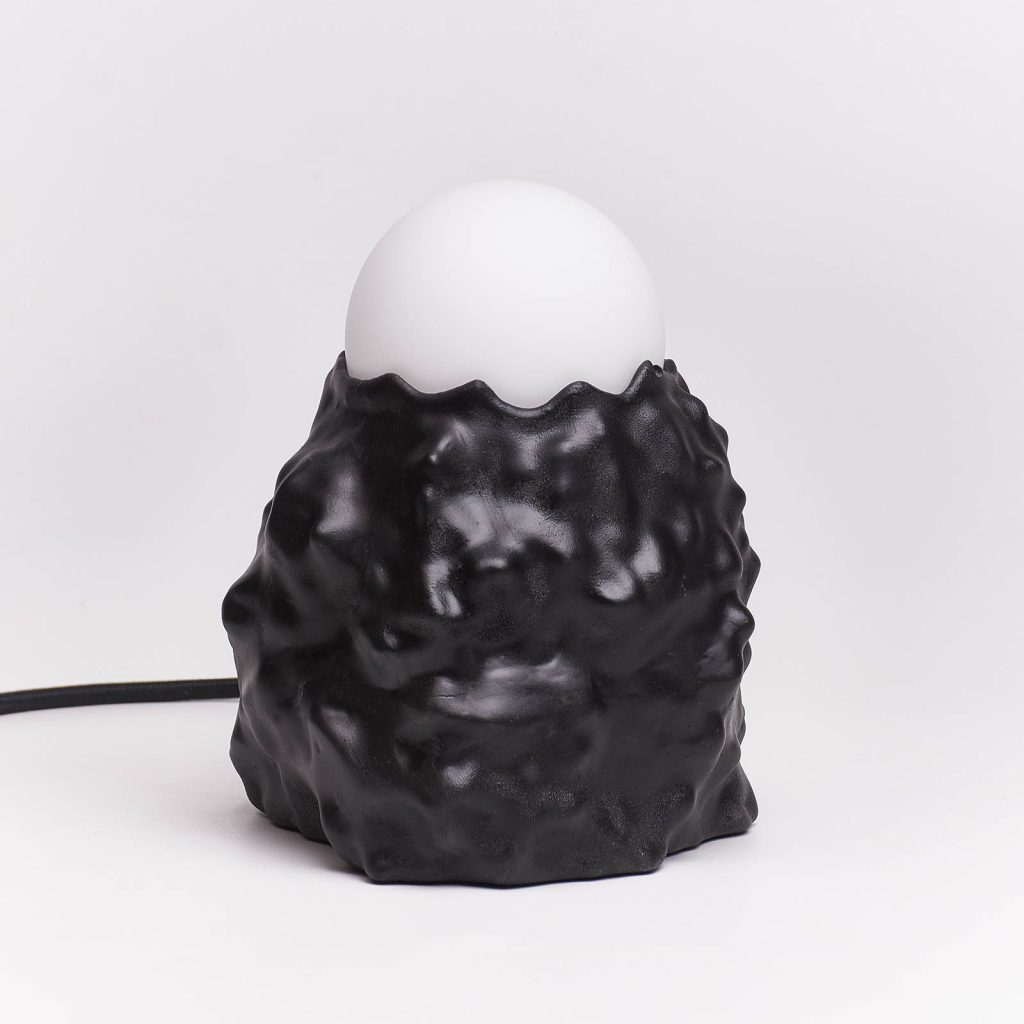



Read Now: 9 Artistic Mirrors For A Unique Modern Home
Conclusion
Glassblowing captivates as a craft that blends art and science, tradition and innovation. From its ancient beginnings to its modern methods, it keeps fascinating and evolving. Whether you admire the work of famous artists or want to explore making your own pieces, this field offers something for everyone. The glassblowing market is growing, creating challenges and opportunities for both artists and fans. As more people learn about the beauty and complexity of shaping molten glass, this ancient art form gears up for an exciting future.
Discover Glassblowing Design on Adorno

 Forester – Handblown Glassware€158 – €240
Forester – Handblown Glassware€158 – €240
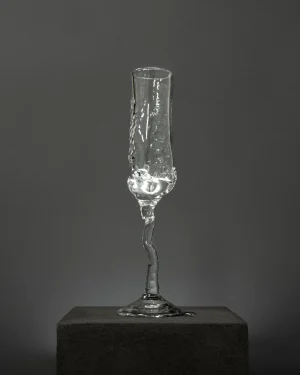 Organic Flute Champagne Glass€220 incl. tax
Organic Flute Champagne Glass€220 incl. tax
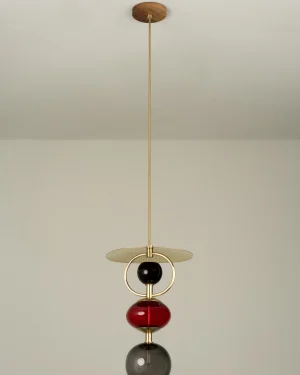 Vitrea Pendant Lamp€3.120 incl. tax
Vitrea Pendant Lamp€3.120 incl. tax
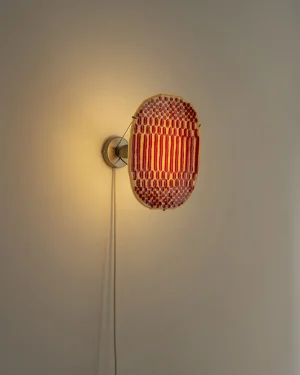 Red & Beige Wall Lamp€620 incl. tax
Red & Beige Wall Lamp€620 incl. tax
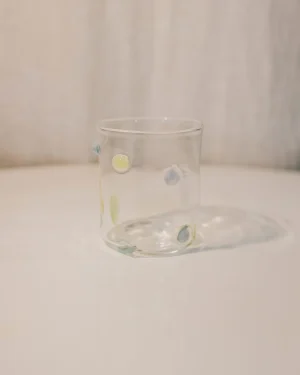 Ooey Gooey Glassware Cups€35 incl. tax
Ooey Gooey Glassware Cups€35 incl. tax
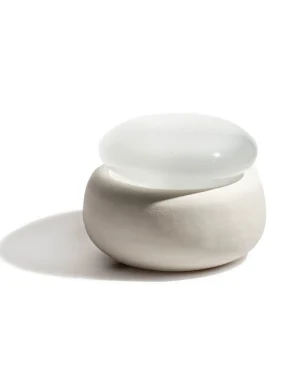 Dew – Blown Glass Table Lamp€330 incl. tax
Dew – Blown Glass Table Lamp€330 incl. tax
 Green & Beige Wall Lamp€620 incl. tax
Green & Beige Wall Lamp€620 incl. tax
 Flow, Water Bottle And Glass Set€140 incl. tax
Flow, Water Bottle And Glass Set€140 incl. tax
 Mirror – Astra 30€304 incl. tax
Mirror – Astra 30€304 incl. tax
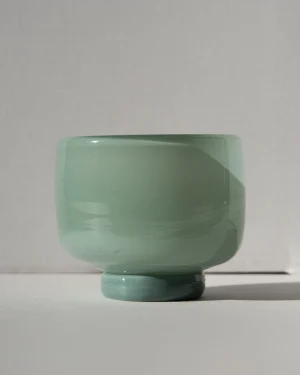 Chawan – Mass-tinted Hand-blown Glass Matcha Bowl€200 incl. tax
Chawan – Mass-tinted Hand-blown Glass Matcha Bowl€200 incl. tax
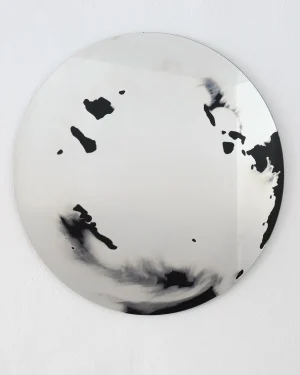 Float Mirror Black – Liquid Silver / Glass€370 incl. tax
Float Mirror Black – Liquid Silver / Glass€370 incl. tax
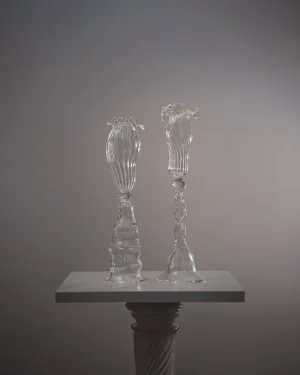 Cariño – Glass Sculptures€400 incl. tax
Cariño – Glass Sculptures€400 incl. tax
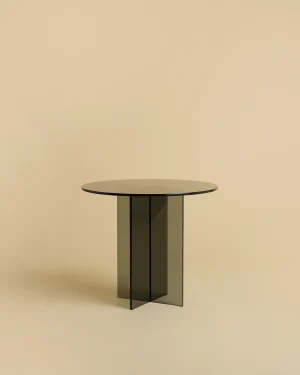 Amami – Round Smoked Glass Side Table€795 incl. tax
Amami – Round Smoked Glass Side Table€795 incl. tax
 Y30 Ceiling-to-floor Brass Lamp€786 incl. tax
Y30 Ceiling-to-floor Brass Lamp€786 incl. tax
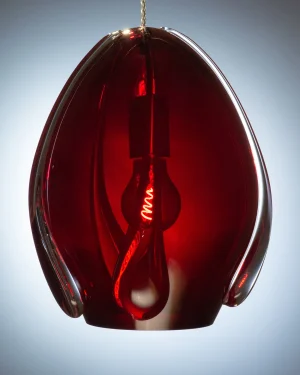 Glass Drop – Ruby Mouth-blown Glass Pendant Light€960 incl. tax
Glass Drop – Ruby Mouth-blown Glass Pendant Light€960 incl. tax
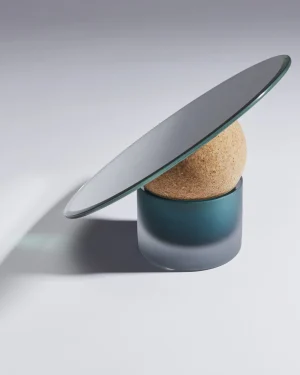 Mirror – Astra 24€254 incl. tax
Mirror – Astra 24€254 incl. tax
 “black Tourmaline + Quartz” Vase From The Crystals Collection Large Size€2.376
“black Tourmaline + Quartz” Vase From The Crystals Collection Large Size€2.376
 Amber – Handblown Glass Vase€1.800 incl. tax
Amber – Handblown Glass Vase€1.800 incl. tax
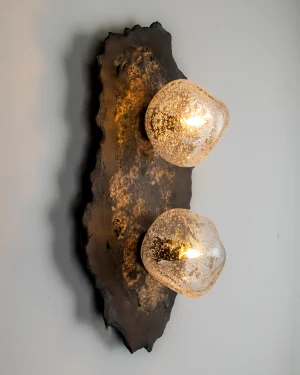 Asea No. 25 – Stoneware / Hand-blown Glass Sconce€1.100
Asea No. 25 – Stoneware / Hand-blown Glass Sconce€1.100
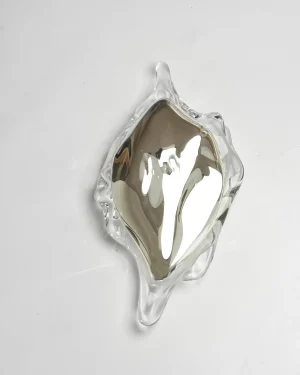 Persona Mirror Sculpture – Small€750
Persona Mirror Sculpture – Small€750
